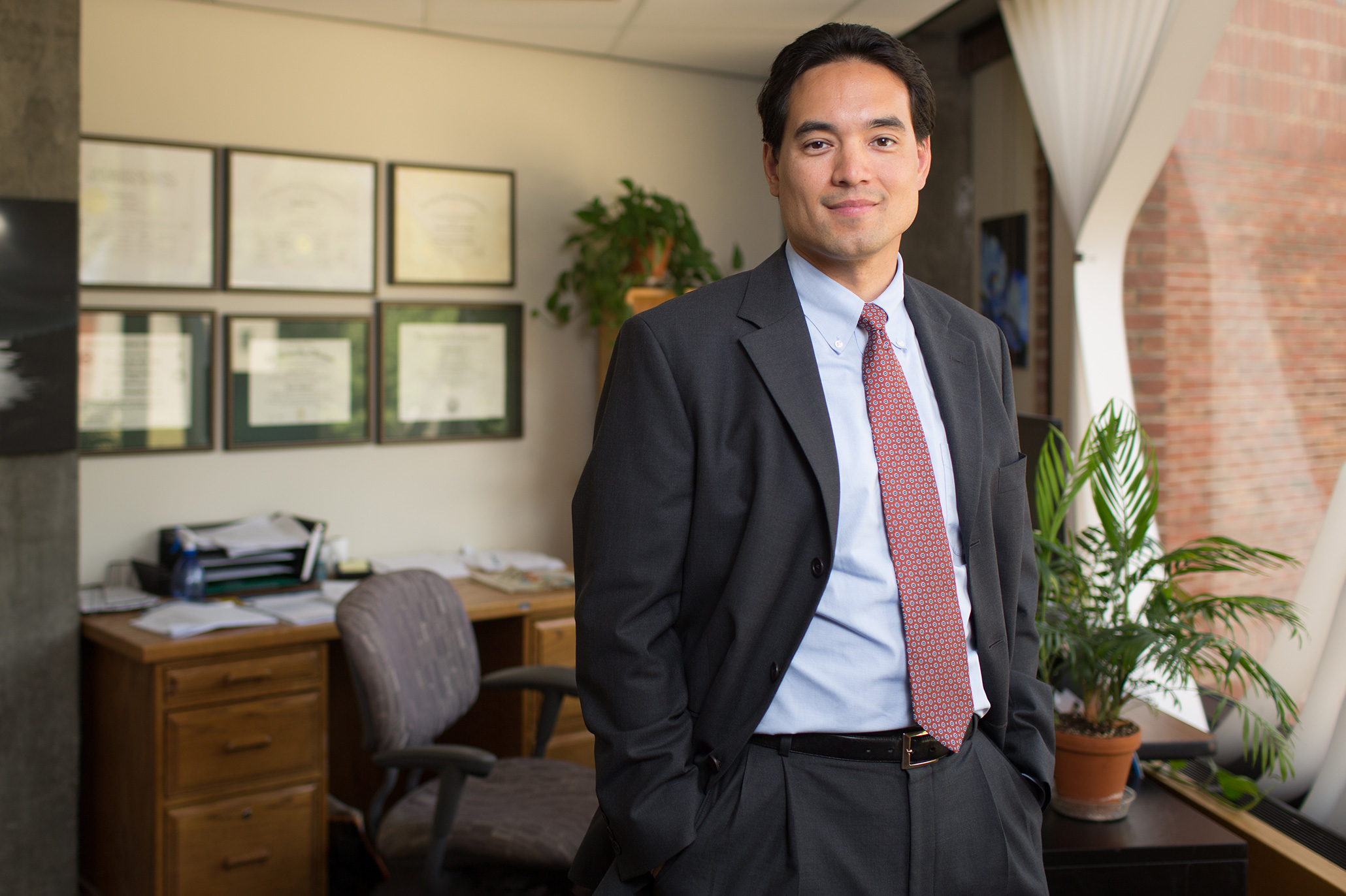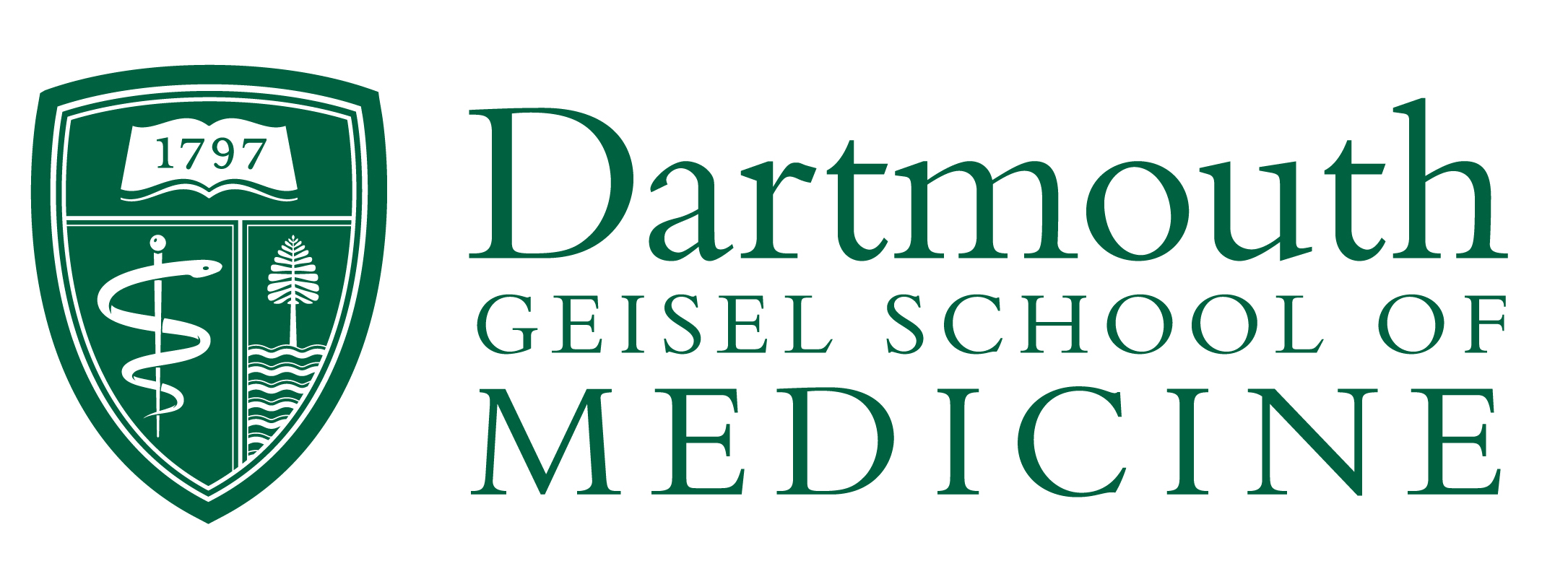It’s been nine months since the first case of the novel coronavirus was confirmed in the U.S. in late January. Yet, as communities across the country continue with efforts to keep schools and businesses operating and resume “normal” activities, many are still struggling to adjust to the life-altering effects of the pandemic. As of the end of October, more than 8.7 million cases, including more than 225,000 deaths, have been recorded nationwide (compared to about 44 million cases and more than 1.1 million deaths worldwide from COVID-19).
With about 11,000 cases and more than 475 deaths since its first case was identified in early March, New Hampshire has managed to mitigate the impacts of the pandemic—especially over the summer months when many other states across the country were seeing surges in infections—by taking a cautious and highly-collaborative approach in battling the virus (now known as SARS-CoV-2) and the disease it causes (COVID-19).
But like many other states, New Hampshire is now experiencing increasing community transmission and another wave of the pandemic which highlights the need for people to continue to be on their guard and enact the community mitigation measures that have proven to be successful at controlling spread of COVID-19 throughout the course of this pandemic. Updates on COVID-19 in the state can be found here.
State Epidemiologist for New Hampshire Benjamin Chan, MD, MPH ’13, an infectious disease physician, is helping to lead the state’s efforts. Chan also has training and experience in epidemiology and public health. In the following Q and A, he talks about New Hampshire’s response to the pandemic and what the scientific and medical communities are learning about the spread of the virus and its impact on population health.

Q: Could you describe your role as State Epidemiologist for New Hampshire?
Chan: There are many epidemiologists working at the federal, state, and local community levels to protect population health. Each state, however, typically has only one, maybe two “State Epidemiologist” positions to help oversee and support the work of public health. In that role, and as a physician, I provide epidemiologic and medical support to the various areas of work within the Department of Health and Human Services, specifically the Division of Public Health Services.
Much of the time, my work involves infectious disease-related issues, but I’m involved in other areas, including environmental health and cancer cluster concerns that have arisen over the last few years. Some people may recall the work we’ve been engaged in around drinking water chemical contamination with PFAS (polyfluoroalkyl substance) chemicals. And of course, we also look more broadly at chronic diseases and contributing risk factors that pose significant health problems to residents of New Hampshire.
It takes a team to conduct public health work, and I am one member of a larger team trying to address population health problems and promote healthy communities.
Q: Could you take us back to when you first learned about the novel coronavirus and its potential to be a major health threat?
Chan: We first became aware of this new coronavirus back in December of 2019 when it caused an initial cluster of severe respiratory illness requiring hospitalization in China. It wasn’t clear early on how contagious this virus might be or what the actual risks were. But we watched its emergence with great attention and concern, as we do with any new virus that is found to be able to infect humans.
There are new viruses and infections emerging periodically around the globe. We see this with bird flu and other types of novel influenza viruses that may first be identified in different animal populations. In fact, we believe that many of the newer pathogens and viruses found to cause infections in humans (i.e., SARS-CoV-1, MERS, H1N1 influenza) jump from animal species to humans. And we believe that this novel pandemic coronavirus we’re dealing with now likely originated in bats.
What has been very different about this virus is how easily it spreads from person to person, which has perpetuated the global pandemic.
Q: What were some of the first steps you took in response?
Chan: In the early stages of an outbreak involving a new or unknown pathogen, we pay very close attention to what is being seen on the ground and reported locally, including what the science and medical providers are reporting about how a new pathogen like this presents in terms of signs and symptoms, so that we can start to raise awareness and monitor for similar disease in our communities.
We’re learning as much as we can, as quickly as we can about the virus, so that we can do rapid communication with our partners, particularly our healthcare providers, who may be on the front lines of seeing a patient with COVID-19 and reporting it to public health.
Q: Do you think New Hampshire’s response has been successful, and if so, why?
Chan: Yes, I think we have been successful in identifying when the novel coronavirus first emerged in New Hampshire, controlling the spread, and minimizing the impact on our state and our residents. The communication and coordination have been very strong in New Hampshire, throughout our State government, and we have continually informed the public and our partners about how this pandemic is progressing and helped to create guidance to prevent spread of COVID-19.
I also think New Hampshire has done an incredible job at acquiring the necessary supplies to respond to, and control, the pandemic, including acquiring the personal protective equipment that healthcare providers need, making sure we have adequate testing supplies and capacity in place to implement broader access to testing, and ensuring continual contact tracing for all people diagnosed with COVID-19.
Q: How would you describe where we are now in this?
Chan: We’re now experiencing another wave of the pandemic nationally and in New Hampshire. The number of infections is going up and community transmission is increasing. As this pandemic stretches on, people are getting tired of the social distancing and other community mitigation measures needed to control spread of this virus. So we continue to be challenged with preventing the virus from spreading in our local communities and the resulting hospitalizations, deaths, and long-term health consequences of infection.
There are a number of metrics that we look at to define and track the level of community transmission (see website for geographic breakdown of community transmission). It’s not just the number of people being diagnosed with COVID-19. We’re also looking at the testing that’s being done and the percentage of tests that are coming back positive, and hospitalizations. While the number of people requiring hospitalization from COVID-19 has been low, we’re now also seeing the number of hospitalizations increase. We know that as community transmission increases, it will increasingly affect vulnerable populations, including people with chronic medical conditions and older adults, and hospitalizations and deaths from COVID-19 are expected to increase.
We very much are still in the midst of a pandemic, and we need people to maintain vigilance and continue to follow the public health recommendations. These social distancing and community mitigation recommendations are still the primary way we prevent spread of COVID-19 in our communities.
Q: What are some of the lessons learned from surges in other areas of the country?
Chan: What we’ve learned from surges that have occurred in other areas of the country is to take a more cautious approach with reopening—take it slow in relaxing restrictions, reopen incrementally, and build in the necessary precautions as schools and businesses reopen.
We’ve seen high-risk situations be a nidus for spread in communities—situations like parties and crowded bars and gatherings, where people are in close contact with one another for extended periods, and in enclosed spaces where there may be poor ventilation. Those are exactly the kinds of situations that this virus can take advantage of and spread very easily person to person.
Q: What are some of the key things we’re learning about the virus that we didn’t know early on?
Chan: Early reports suggested that the virus primarily presented with fever, cough, and shortness of breath, so there was a lot of focus on identifying and testing people with those three primary symptoms early in the pandemic. Over time, we’ve realized that COVID-19 often presents with more mild or generalized symptoms, such as runny nose, nasal congestion, sore throat, body aches, and gastrointestinal symptoms like nausea, vomiting, and diarrhea.
We’ve also realized how easily the virus spreads from person to person—we still believe that it primarily transmits through larger respiratory droplets that require close contact—but many people may only have mild symptoms or no symptoms at all and still potentially spread the virus to others.
The Centers for Disease Control and Prevention has estimated that more than a third of people who are infected with COVID-19 can be asymptomatic at the time of their infection but are still able to spread the virus. We’ve done a lot of testing in New Hampshire, particularly in some of our nursing homes, and found similar results—that 30 to 40 percent of people that test positive are not symptomatic at the time of their test.
Q: As you look ahead to the coming weeks and months, what most concerns you?
Chan: As the pandemic continues, people are growing tired of dealing with the virus. We struggle with this now, fighting the fatigue that is a natural consequence of responding to this pandemic over a long period of time. People want to be out, they want to be socializing and interacting with others, and we’re asking them to continue to limit public interactions, avoid crowds, and not be within six feet of others who are not within their immediate household.
We can put out all the public health recommendations that we want, but at the end of the day it ultimately comes down to trying to get individuals, families, and communities to understand the ongoing need to keep these precautions in place, and to follow the guidance.
Q: In addition to your medical training as a physician, which included doing your residency at Dartmouth-Hitchcock Medical Center (DHMC), you earned an MPH degree at The Dartmouth Institute for Health Policy and Clinical Practice. How did that experience help prepare you for the role you’re in now?
Chan: One of the critical aspects of public health is its team-based approach to addressing population health problems. To be most effective, we need to work with local providers, partners, and other organizations to enact public health recommendations.
I think my Dartmouth Institute education—which was combined with clinical quality improvement work as part of the Leadership Preventive Medicine Residency training at DHMC—was instrumental in gaining experience for how to most effectively work with other people, evaluate healthcare systems and processes, and affect change within the system. This experience and training have translated very well to public health work.
One of my roles more recently in this response has been reviewing a lot of the reopening guidance that the state has put out and determining how best we can incorporate public health protective layers into all different types of business and organizational operations so they can safely conduct activities.
Q: Where are we in terms of developing a vaccine?
Chan: We will see some type of vaccine in the future. The big question, though, is how long any protection from a vaccine will last. There are a couple of possibilities. One possibility is that a vaccine might only provide partial short-term immunity or protection, similar to the yearly influenza virus vaccine where you need to get revaccinated every year. The other possibility, which would be ideal, is if the vaccine produced a high-level of durable immunity for years.
We’re eagerly awaiting the results of the vaccine study trials currently being conducted to better understand the efficacy of the various vaccines being developed and produced, but I think we are likely to see some vaccine(s) brought to market soon that will offer some protection.
Q: Is there anything else you’d like to make sure is conveyed in this article?
Chan: This pandemic coronavirus is still with us; it’s still circulating in our communities. We know the steps that we need to take in order to control this virus and prevent it from spreading.
But that relies on everybody following the public health recommendations around social distancing and cloth face mask use, hand hygiene, staying home when you’re sick, and avoiding large crowds. These are the primary ways that we are going to continue to control this virus, until we can find an effective vaccine.




